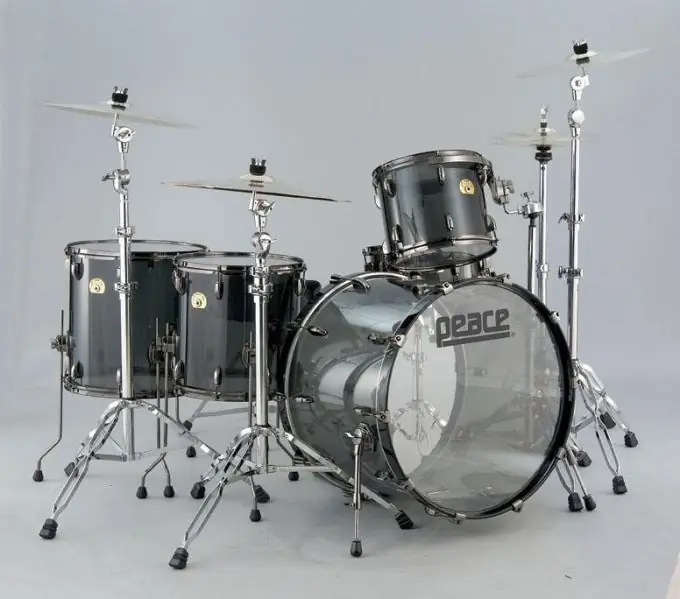Among the drum kits of professional musicians, one of the most important components is the so-called snare drum. Drums of the same type are made, purchased and used in cases where one drum is used, without the accompanying other, large and small drums. Snare drums are made today from natural as well as artificial materials. Not everyone and not always know how to choose the best snare drum.

Instructions
Step 1
Drums are made of wood, leather and other plant materials, carbon, acrylic, plastic, fiberglass, metal. The two main categories in drum making are wood and metal drums. There are "mix drums" made of different materials. They are more expensive and are often made to order. There are different ways of making drums from different types and parts of wood, as well as other materials. In order to choose the best drum, you need to know what properties certain drums have.
Step 2
Choose a wooden drum if you want a warmer sound from it. If you want a louder drum, if you want to be able to extract more overtones from the drum and get a louder sound, choose a drum made from metal alloys.
Step 3
It is not only the material of the drum shell that has a noticeable effect on the color of the sound and on its character. Also, the sound is influenced by the thickness of the case (shell), its diameter, its depth, and the cut angle of its edge in the part on which the plastic is worn. The number of strings used in the construction will also affect the sound of the drum.
Step 4
When visiting a shop or drum workshop, or speaking with a professional, pay attention to these factors. Ask what specific qualities give the tool certain features of its assembly and configuration. For example, a deep drum is louder, a shorter drum is drier and has more articulation.
Step 5
Choose thick shells if you need a drum for reggae music, or rock music if you need large projections. Choose a drum with a thin shell if you prefer to play music such as jazz. The thin shell will give the sound a warmer tone without excessive volume. Thin barrels, shells, give out a thicker sustain, warmer after-sound and warmer overtones. Toms, for this very reason, are often made thinner than snare drums.






